FAQ
Bear Hunting FAQ
How do you choose a stand location?
This is the most common question I am asked. There are a number of factors that I have to consider when choosing a new bear bait site location. As a commercial outfitter within the boundaries of the North Maine Woods, I am assigned a territory. I may place a bait site almost anywhere I want to within my territory. I stay inside my borders and other guides stay in their territory. Sites are lost every year due to logging practices and other influences I cannot control such as road conditions, so I am constantly looking for new site locations.
It is my policy to keep all my bait sites at least 1 mile apart as the crow flies. A black bear can travel in a 5 square mile area and visit more than 1 site in a 24 hour period, however keeping sites at least a mile apart cuts down on the possibility of this happening.
Back before there were roads everywhere, rivers and streams were the roads and highways across the land. Animals still use the waterways for travel and any bait site near water will have more activity. I also need to think of the prevailing wind which is usually out of the west or north, so therefore most stands are set up facing the west or north. North Maine Woods is a privately owned working tree farm and I cannot cut down any trees so I need to find a natural opening which is a minimum of 50 yards from a traveled way.
How can I judge the size of a black bear?
Experience is the key to judging size and sex of a bear and experience is something you probably don’t have. People seem to always overestimate the weight of bears. They are always smaller than you think they are. We use 55 gallon barrels at all of our bait sites so the hunters have a standard to compare the animals to. A 55 gallon drum has 2 rings in the middle and a bear that’s back is level to the 2nd ring probably weighs about 150 lbs. If a bears back is as high as the barrel, it is probably 250 -300 lbs. and you had better pull the trigger. Now that I’ve said that you need to remember that there isn’t a flat piece of ground in the state of Maine. Some barrels sit on bumps or in holes and sometimes the bear may be standing on a bump or in a hole. Every bait site and every circumstance is different. I’ve found that you can fool yourself into thinking a bear is bigger than it really is but when you see a truly large bear you know it right away. I have found that showing people a lot of trail cam pictures and having them try to guess the weight of different bears is very helpful to them when they get into the field.
Where should I shoot a bear?
If you grew up whitetail hunting, you may have been taught to shoot an animal in the neck or in the shoulder. A bear is not a whitetail. A black bear is much tougher than a deer. Never ever shoot a bear in the neck; you will never recover that animal. I know hunting guides that instruct their hunters to shoot a bear in the shoulder; that is very poor advice. A 30-.06 will not go thru a shoulder and get into the chest cavity of a 200 lb. bear at 20 yards. A broadside behind the shoulder or quartering away shot into the chest cavity give you the best chance of recovering your trophy. If you can get off a second shot, take it but you are only getting 1 good shot so make it count. A bullet placed in the chest cavity will result in a recovered bear within 50 yards of the bait site.
What can I, the hunter do to improve my chances?
A black bear can smell 2100 times better than a human can. Does that mean nothing I do can help? No, shower with an unscented hunters soap, wear scent blocking camo and rubber boots, and SIT STILL. A bear is in the area at least 20 minutes before you ever see it. Bears cannot see very well but they are still looking and watching for movement. If you want to be a successful bear hunter, the most important thing to remember is to sit still.
The other very important thing is to practice shooting so that when the time comes you and your equipment are ready. Going back 10 years and more, we never lost a bear to a bow shot. Over the past few years more and more people are enjoying archery hunting and the equipment has greatly improved, however the number of wounded bears has increased. The reason is that hunters are not taking the time or don’t feel the need to practice like they once did. This is true for rifle hunters as well. We as hunters and stewards of wild resources owe it to the animal as well as ourselves to practice and be ready when we are presented with an opportunity.
